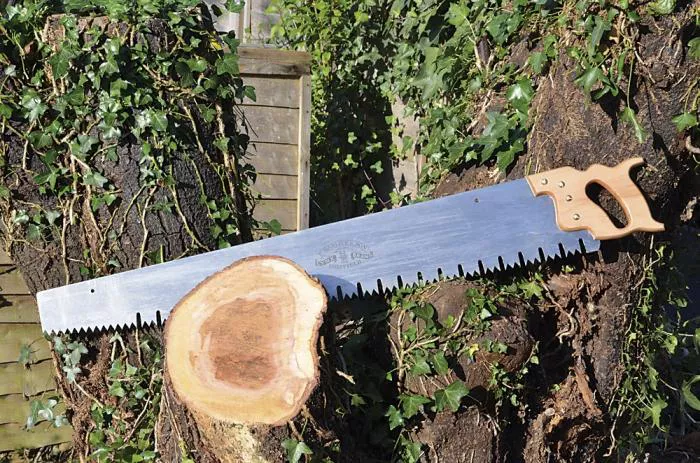Hand saws remain an indispensable tool for carpenters and home improvement enthusiasts alike. While electric saws boast power, the simplicity and precision of a classic hand saw can’t be beaten. Whether you’re embarking on a small DIY project or a larger woodworking endeavor, having the right hand saw is crucial. Hand saws typically range in price from 65, with an average cost of around $30.
Top Pick: Corona Razor – Tooth Folding Saw
The Corona Razor – Tooth Folding Saw takes the top spot on our list. This saw is a testament to high – quality craftsmanship and thoughtful design. It delivers precise, clean cuts safely, making it a reliable choice for various projects. Priced at just $20, it is an affordable yet effective tool. Its portability and easy – to – store design are major advantages, especially for those with limited workspace who still require a dependable tool for accurate cuts.
Buying Guide: Evaluating the Best Hand Saws
In this buying guide, we’ve thoroughly evaluated the best hand saws available in the market. Our assessment includes everything from double – bladed models to other popular types. With expert insight from This Old House general contractor Tom Silva, we’ve dissected the key features of each saw to assist you in making an informed decision for your next project.
Proper Hand Saw Technique
Using a hand saw effectively is not just about the tool itself but also about employing the correct technique and body positioning. Silva emphasizes the following steps for optimal results:
Align Your Body: Position your shoulder and hand in line with the saw blade. This alignment ensures that your movements are smooth and controlled, reducing the likelihood of uneven cuts.
Stand Correctly: Stand directly in front of the cut line. This position gives you better visibility and control over the saw’s path.
Start the Cut Gently: Begin the cut with a gentle pull – stroke. This initial movement helps to establish the direction of the cut and prevents the saw from binding.
Let the Saw Do the Work: Allow the weight of the saw to do the work. Avoid applying excessive force, as this can lead to inaccurate cuts and increased fatigue.
Maintain a Steady Rhythm: Keep a steady, rhythmic motion throughout the cut. This consistency helps to achieve straighter and more accurate cuts while reducing fatigue during extended use.
By following these guidelines, you’ll not only achieve better results but also make your sawing experience more comfortable and efficient.
Choosing the Right Hand Saw for Your Project
Selecting the appropriate hand saw for your specific task is essential to achieve the best results. Consider the following factors when making your choice:
Material
The type of material you’re cutting plays a significant role in determining the right saw. For example, if you’re working with wood, a traditional hand saw or a coping saw might be suitable. However, if you’re dealing with metal or drywall, you’ll need a saw specifically designed for those materials.
Precision
The level of precision required for your project is another crucial factor. Intricate woodworking projects that demand precise cuts may require a coping saw or pull saw. On the other hand, general carpentry tasks may only need a traditional hand saw with the appropriate teeth per inch (TPI) for your cutting needs.
Type of Cut
Consider the type of cut you need to make. Whether it’s a straight cut, a curved cut, or a flush cut, different saws are better suited for different types of cuts. For example, a coping saw is ideal for curved cuts, while a flush – cutting saw is designed for making precise cuts flush with a surface.
Experience Level
Your level of experience with hand tools also matters. If you’re a beginner, you may want to start with a simpler saw that is easier to handle and control. As you gain more experience, you can explore more advanced saws with additional features.
For instance, if you’re working on a delicate woodworking project that requires intricate cuts, a coping saw or pull saw will be your best bet. These saws offer the precision and control needed for detailed work. For general carpentry tasks, a traditional hand saw with the appropriate TPI for your cutting needs would be a suitable choice.
In conclusion, choosing the right hand saw involves considering multiple factors such as material, precision, type of cut, and experience level. By taking these factors into account and following proper hand saw techniques, you can ensure successful and efficient sawing for all your projects.
Relate topics:

